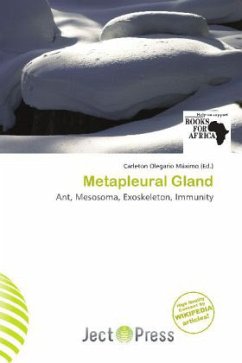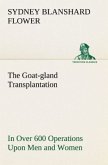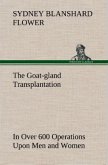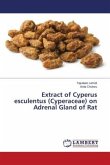Please note that the content of this book primarily consists of articles available from Wikipedia or other free sources online. Metapleural glands (also called metasternal or metathoracic glands) are unique to ants and basal in the evolutionary history of ants. They are responsible for the production of an antibiotic fluid that then collects in in a reservoir on the posterior of the ants alitrunk. These reservoirs are also referred to as the bulla and vary in size between ant species and also between castes of the same species[1].From the bulla, ants can groom the secretion onto the surface of their exoskeleton. This helps to prevent the growth of bacteria, fungal spores and pollen grains[vague] on the ants and inside their nest.Though considered an important component in an ants immunity against parasites, some ant species have lost the gland during their evolution. These losses correlate with ants that have a weaving lifestyle[5] such as ants in the genus Oecophylla, Camponotusand Polyrhachis.
Bitte wählen Sie Ihr Anliegen aus.
Rechnungen
Retourenschein anfordern
Bestellstatus
Storno








